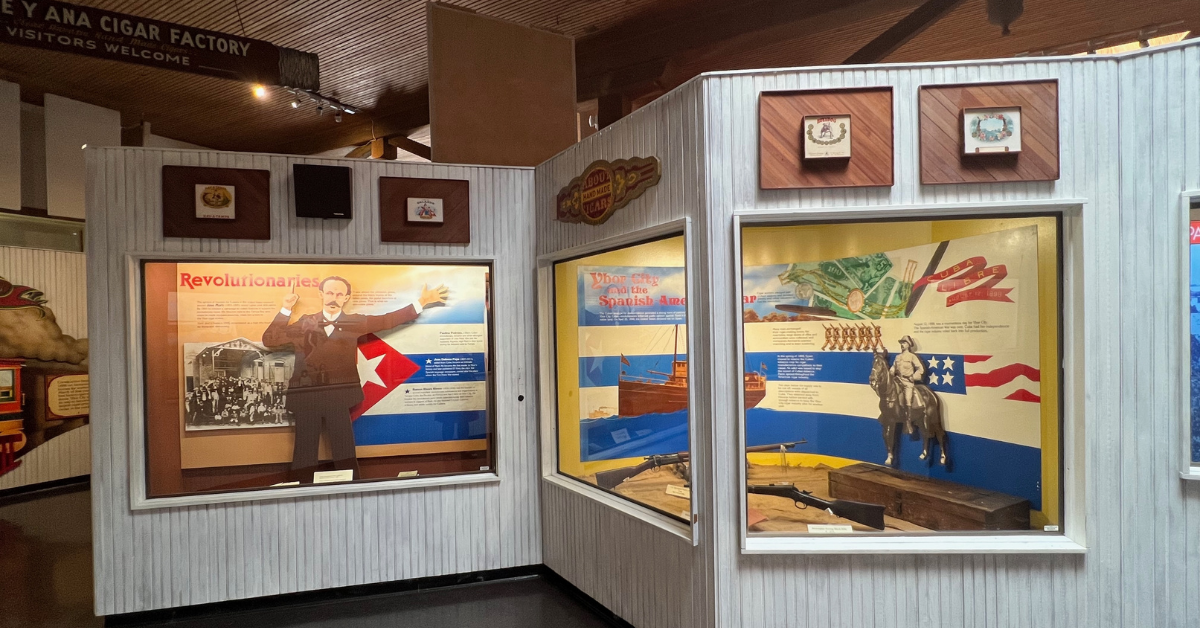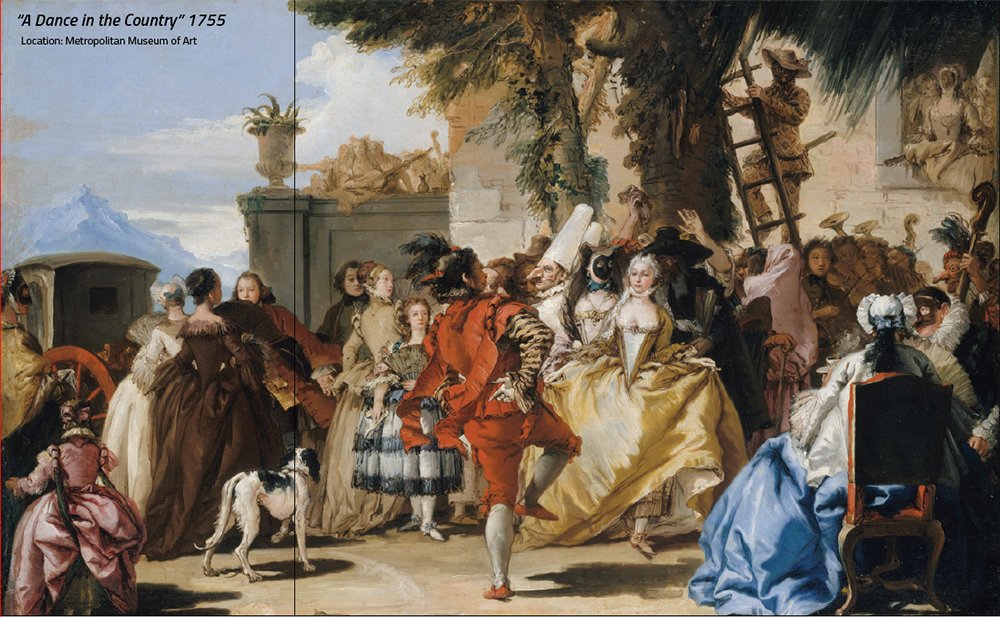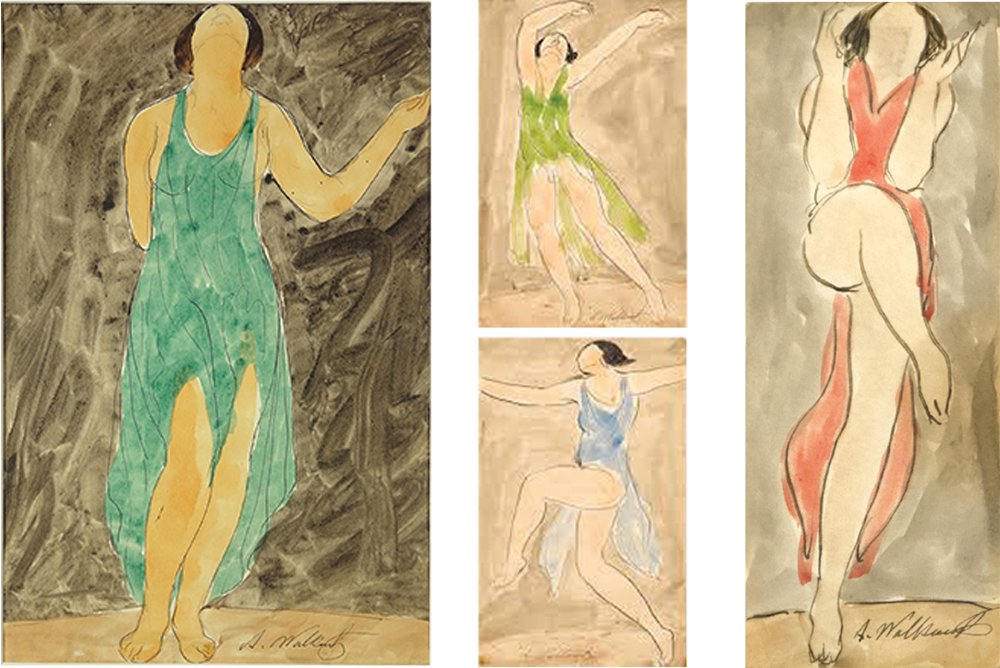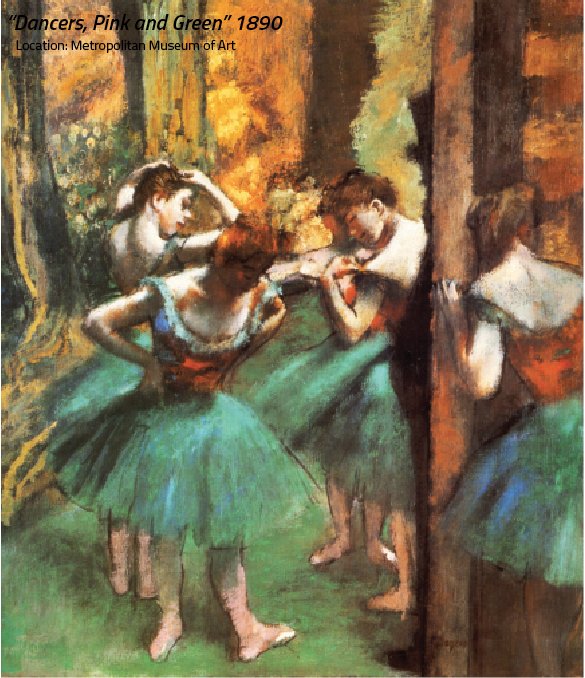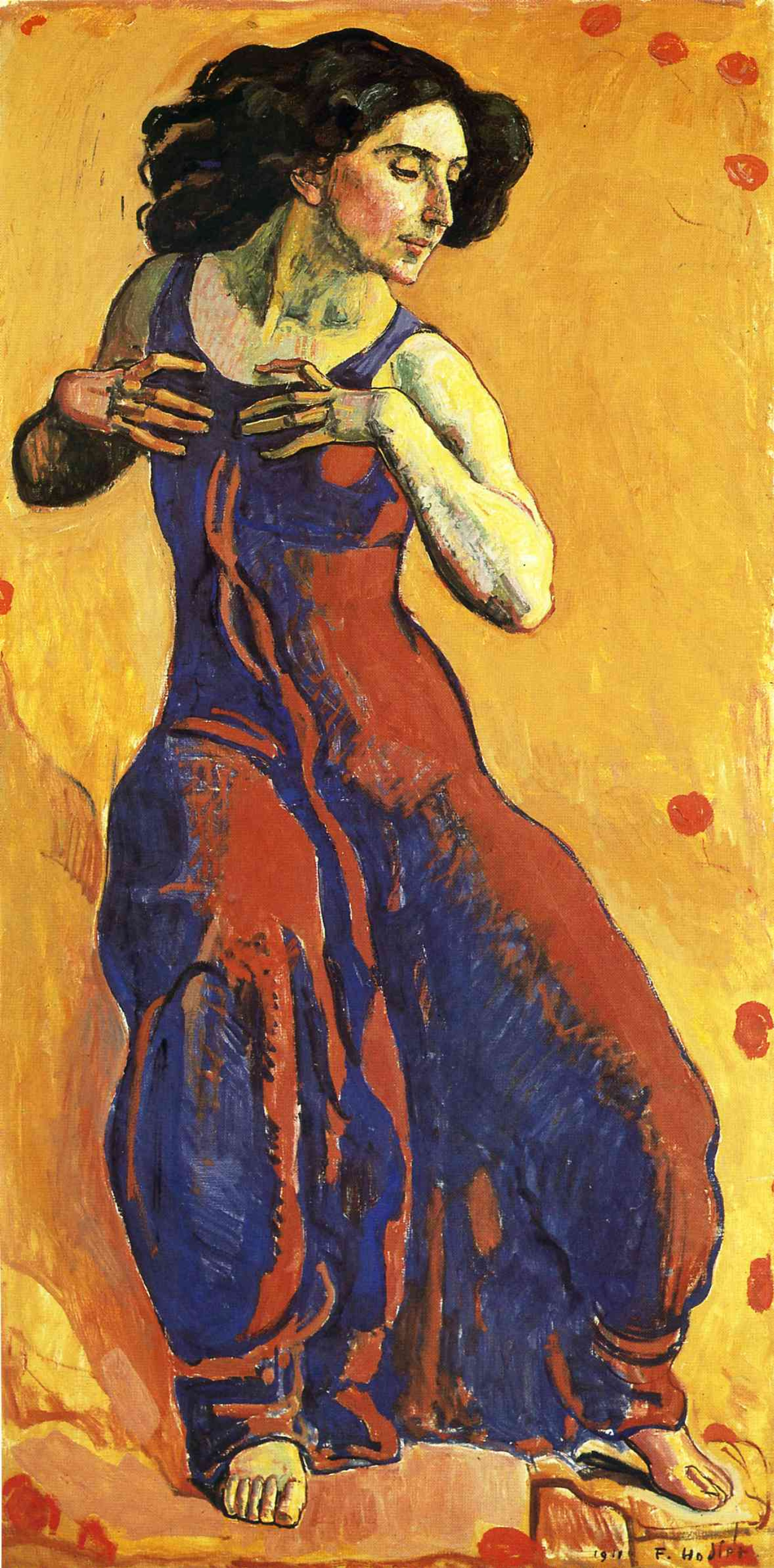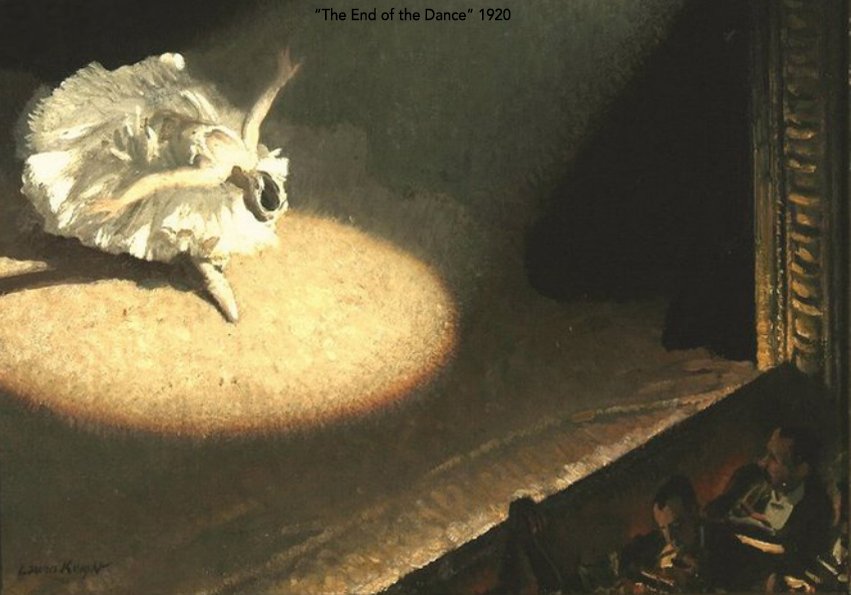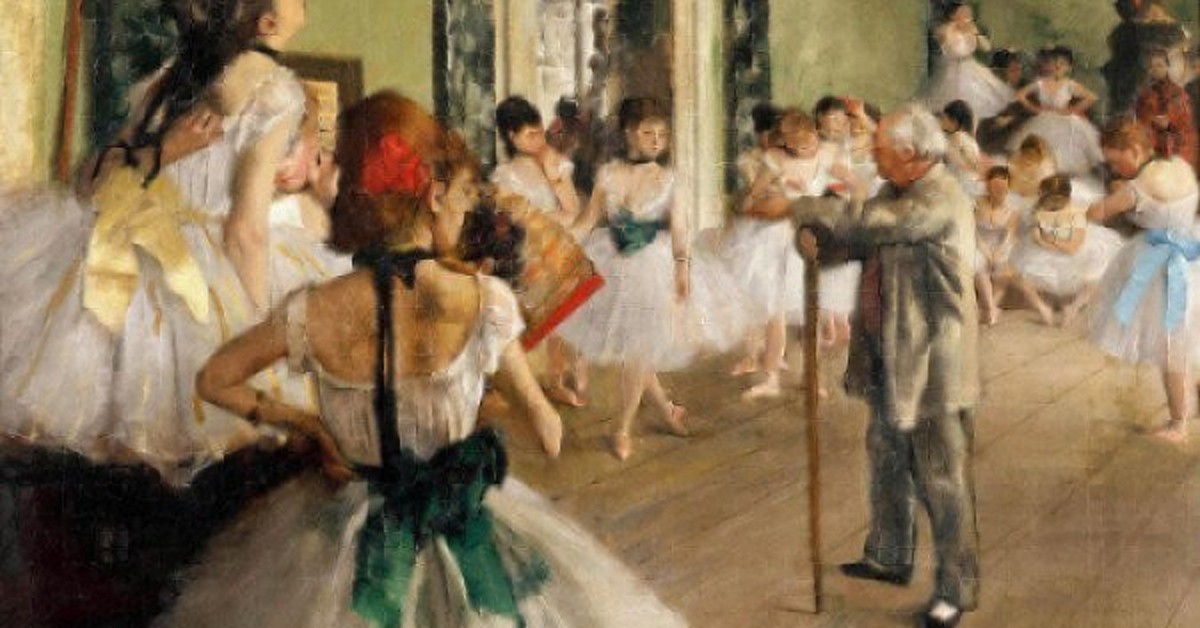
Artists have been influenced by dance performances and awe-inspiring dancers for centuries, attempting to capture the movement and the sounds with every brush stroke. Here are a few examples from the ballrooms of Paris to American folk dance.
A Dance in the Country by Giovanni Domenico Tiepolo
Italian painter Giovanni Domenico Tiepolo had a knack for depicting aspects of everyday life. “A Dance in the Country” shows a troupe of performers dancing and playing music. The focus of the piece is on the vibrantly-colored dancers shown in mid-step against a background of viewers dressed in muted tones. You could almost hear the music blaring in the background as a band bangs on horns and strings. Location: Metropolitan Museum of Art
The several representations of Isadora Duncan by Abraham Walkowitz
Isadora Duncan had a profound effect on the painter Abraham Walkowitz. Duncan was a prominent dancer, achieving acclaim throughout Europe. Walkowitz said of Duncan “She had no laws. She did not dance according to the rules. She created. Her body was music. It was a body electric.” While Walkowitz painted subjects other than Isadora Duncan – she was certainly his muse. He uses a gestural style and delicate colors to evoke the groundbreaking, sensual and controversial flair of this legendary dance pioneer. Location: Metropolitan Museum of Art
Dancers, Pink and Green by Edgar Degas
Of all the modern artists, Edgar Degas is perhaps best known for his representation of dancers. Fascinated by the backstage life at the Paris Ballet, he completed his first work in this genre in 1866. The ballet became a subject Degas would focus on for the rest of his life, across mediums - painting, drawing, and sculpting. To explain his obsession for painting ballerinas, Degas famously told art dealer Ambroise Vollard, “It has never occurred to them that my chief interest in dancers lies in rendering movement and painting pretty clothes.” Location: Metropolitan Museum of Art
Femme en Extase (Woman in Ecstasy) by Ferdinand Hodler
When an Italian dancer comes spinning your way, you paint her. At least this is what Swiss painter Ferdinand Hodler did when he set his sights upon Giulia Leonardi. By using bold colors and free-flowing strokes, Hodler depicts the fluid movements in a time in history when women were usually bound in tight corsets, causing them to move with stiffness. This ecstatic portrait depicts Leonardi “moving with incredible freedom and very earthy movements,” Robyn Asleson, curator, says. Location: Museum of Art and History in Geneva
The End of the Dance by Laura Knight
When the Russian troupe Ballets Russes was in London for a season, the British artist Dame Laura Knight scored free tickets to the show. There, Knight fell in love with Sergei Diaghilev’s troupe of dancers. Knight painted famed ballerinas like Anna Pavlova, Vaslav Nijinsky, and Tamara Karsavina. “The End of the Dance” shows Pavlova, not in the midst of dynamic dance movement, but in a pose with her head bowed and her arms spread like a swan’s wings. The painting calls on depictions of angels in the glow of heavenly light. Location: Tatham Art Gallery
Similar Posts

The most wonderful time of the year? Art Basel Miami Beach!
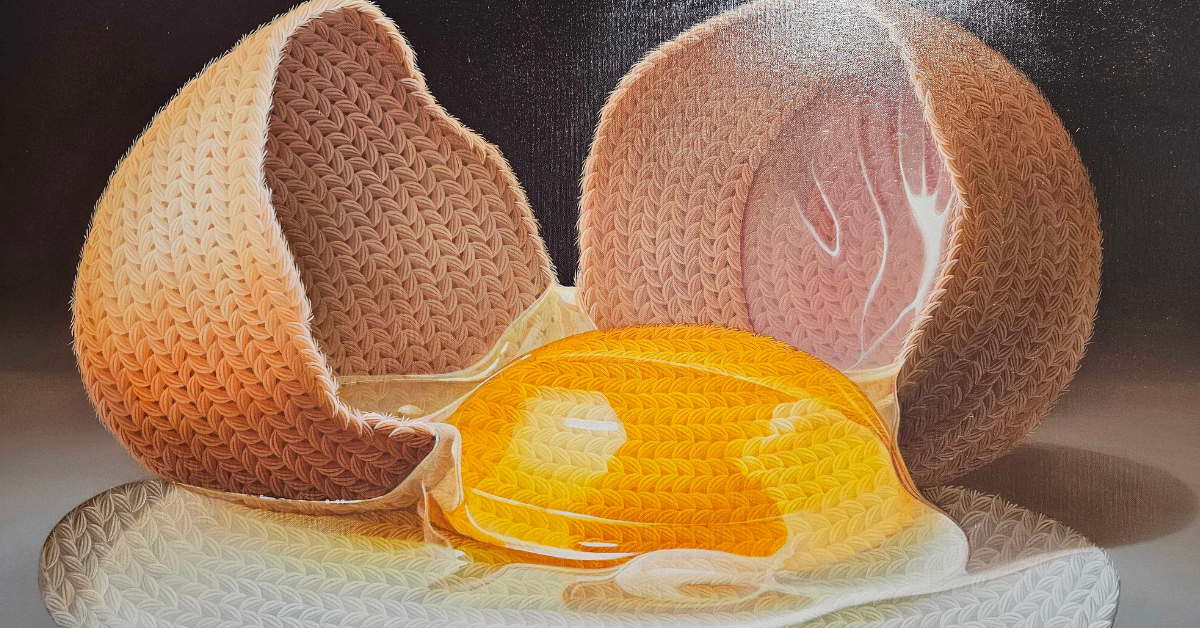
How Do You Want to Look at Art?
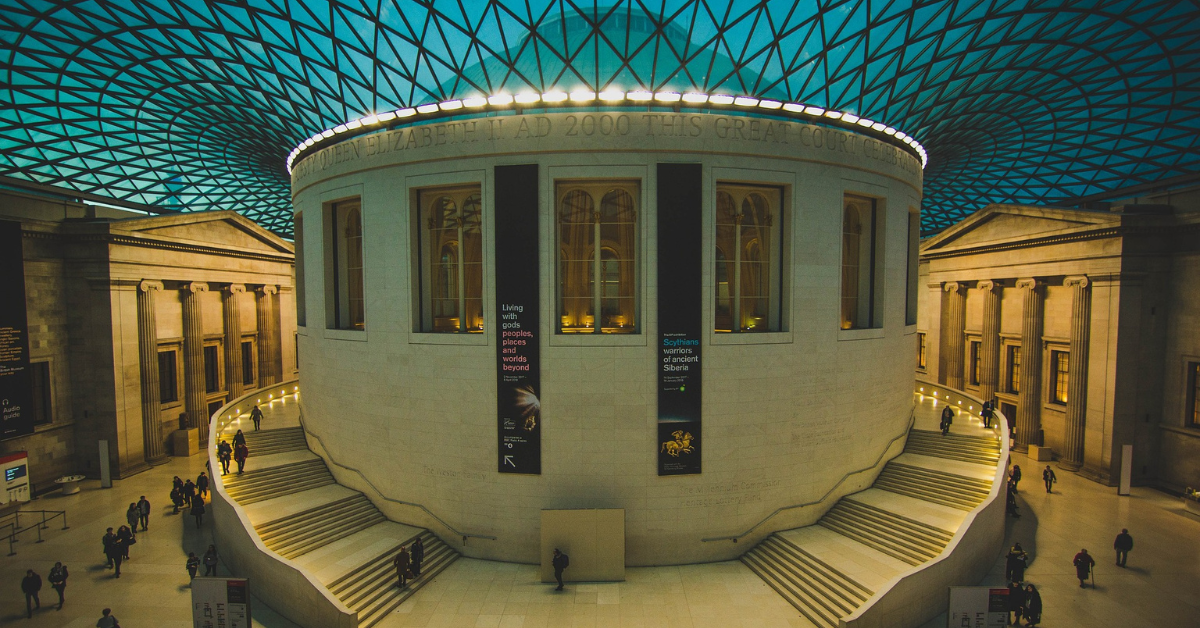
The World's Most Famous Art Galleries and Museums You Absolutely Need to Visit

Opera: The Musical Theatre of the Renaissance
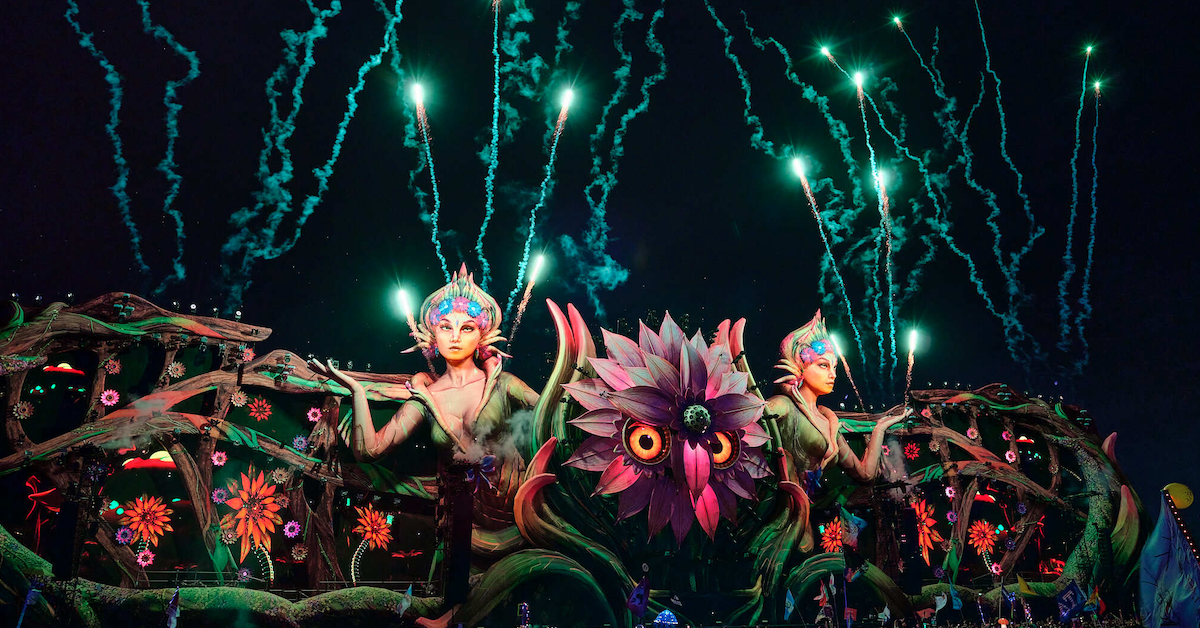
Your Ultimate Guide to the Top 10 Music Festivals of 2024/25

SOUTH FLORIDA SYMPHONY ORCHESTRA (SFSO) BRIDGES RECENT STATE OF FLORIDA FUNDING CUTS FOR THE ARTS THROUGH TRAVEL
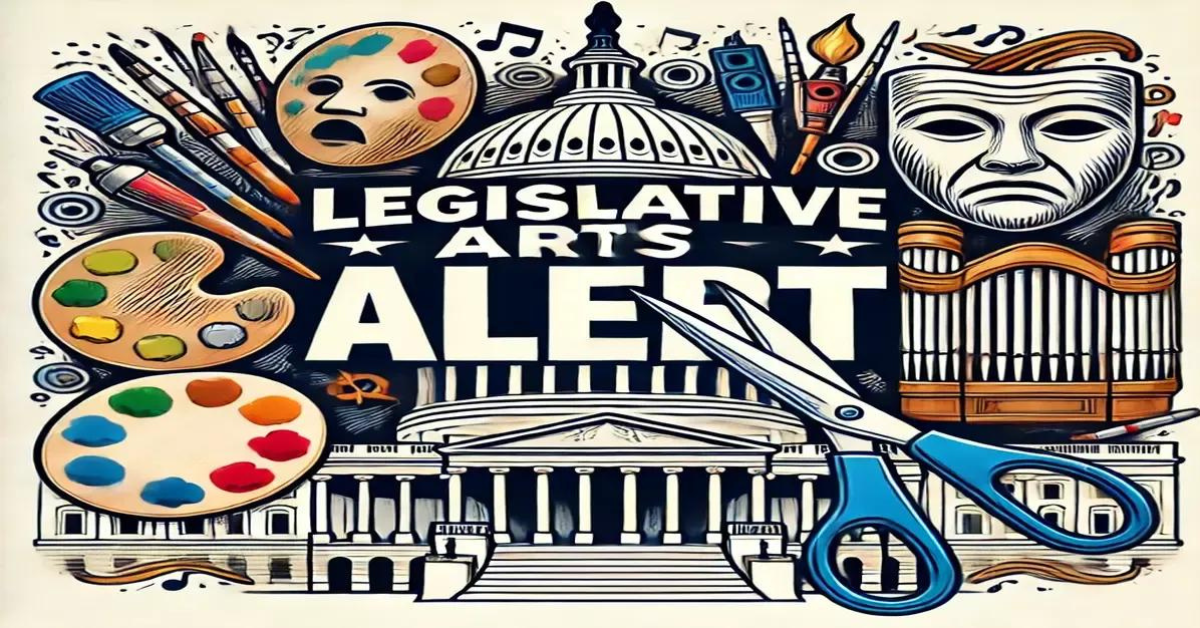
Oppose Drastic Cuts to the National Endowment for the Arts & Humanities
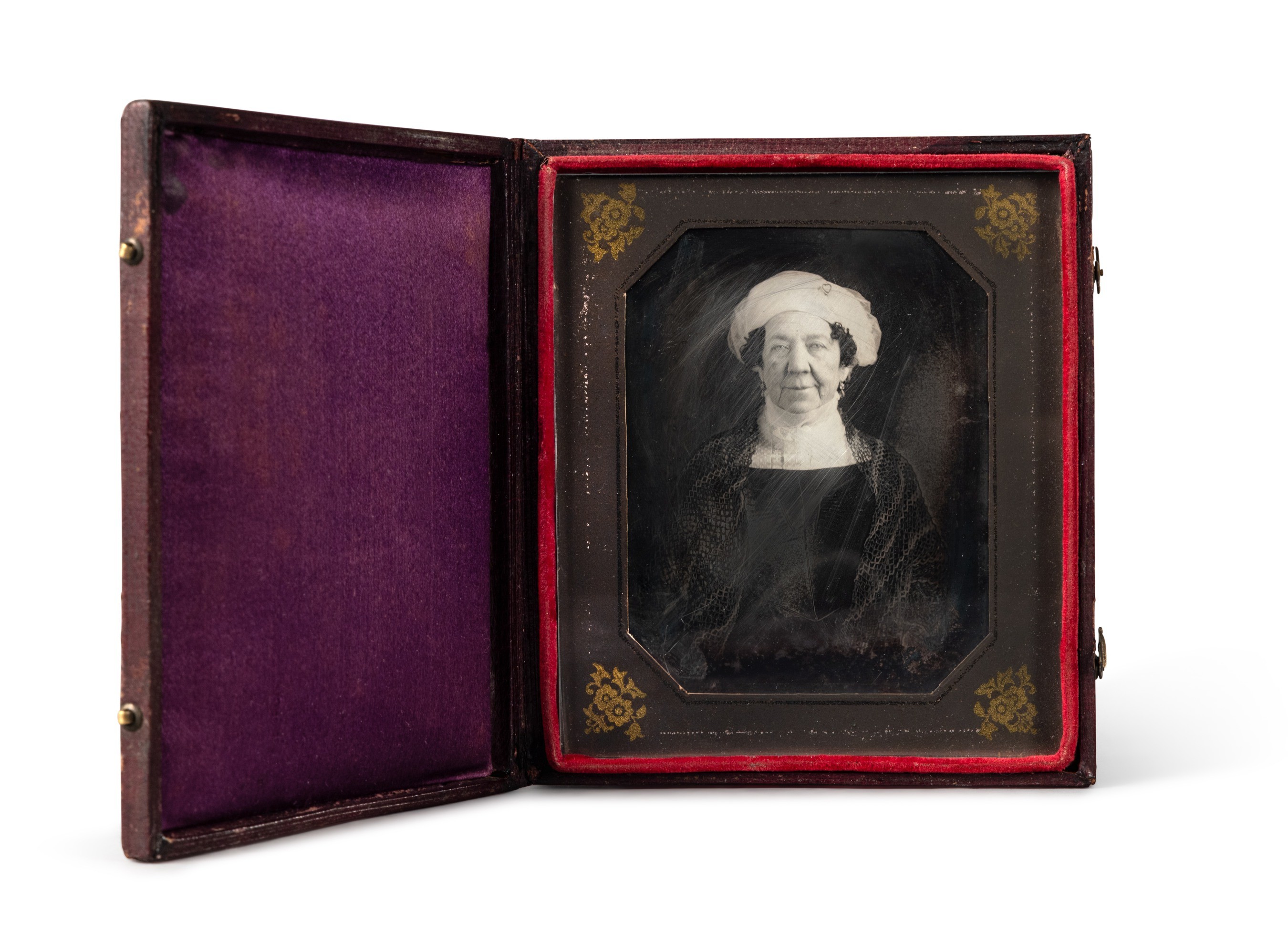
National Portrait Gallery Acquires Earliest Known Photograph of a US First Lady

delete
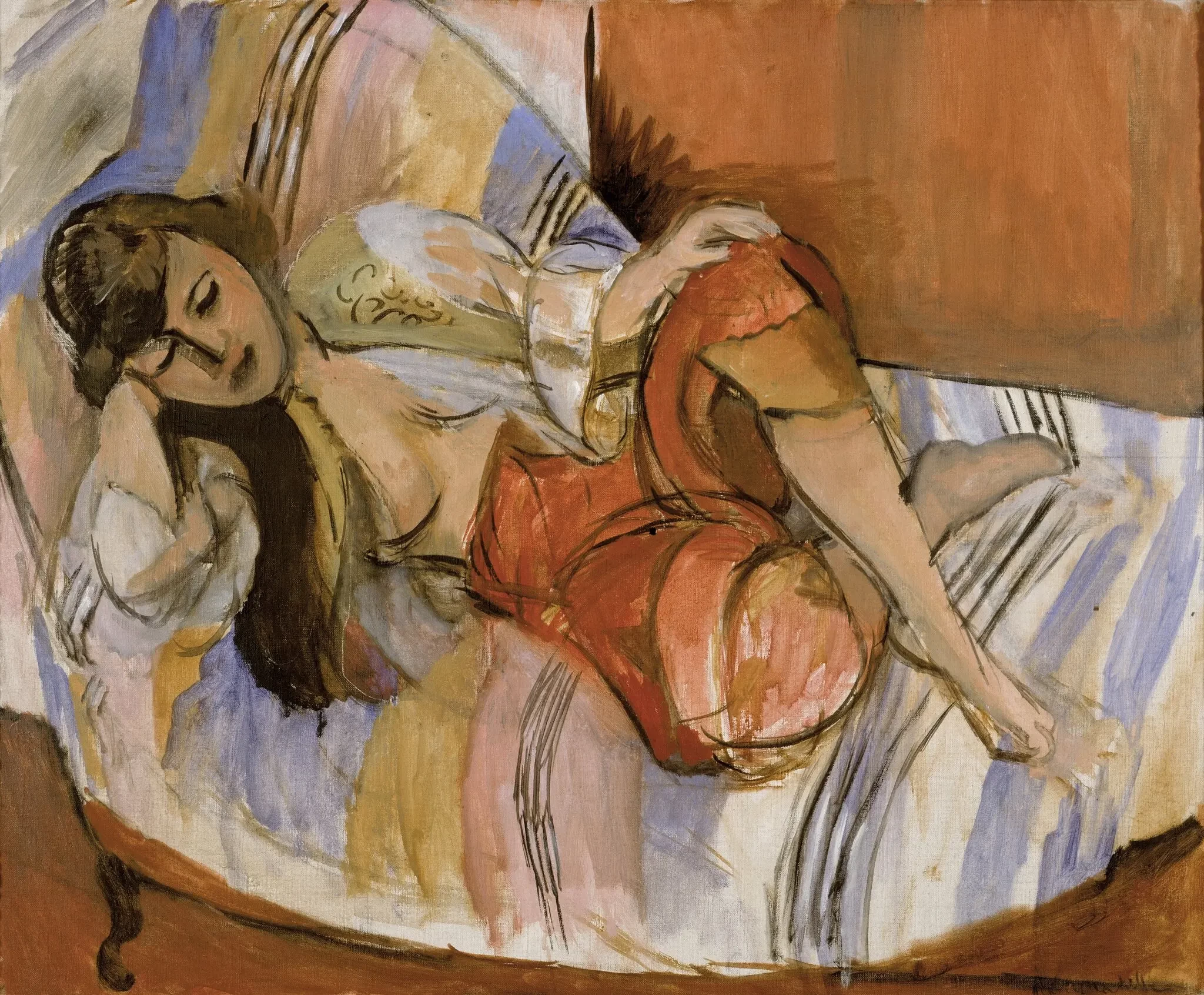
Matisse Painting Stolen During WW2 Returned to its Rightful Owners
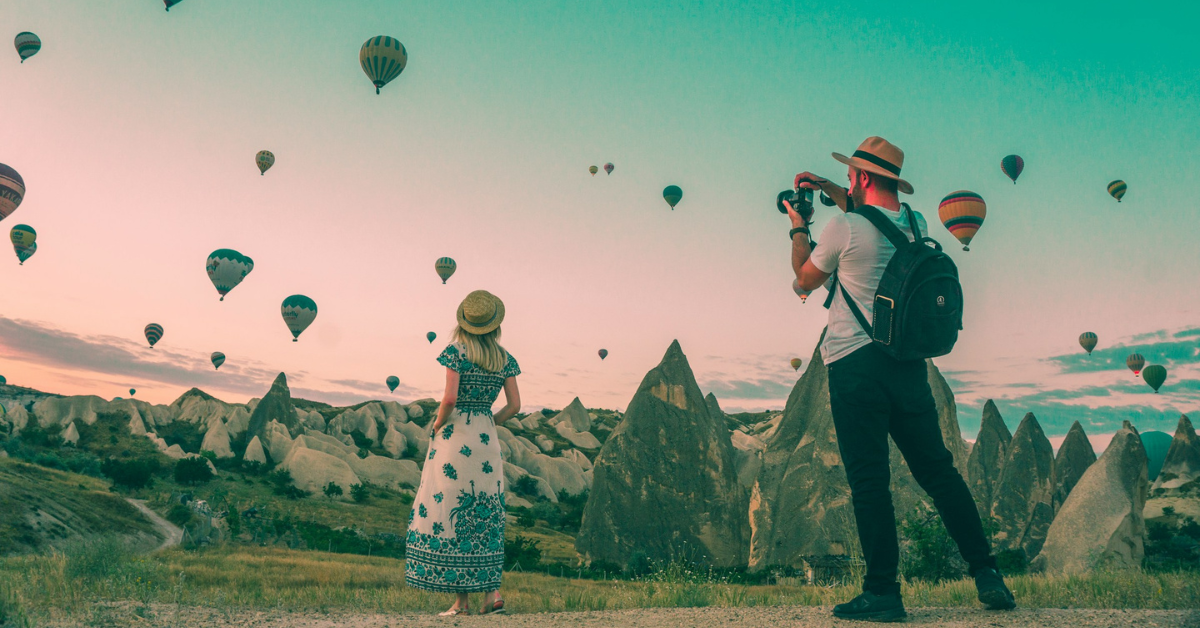
Which of These 5 Types of Cultural Traveler Are You?
